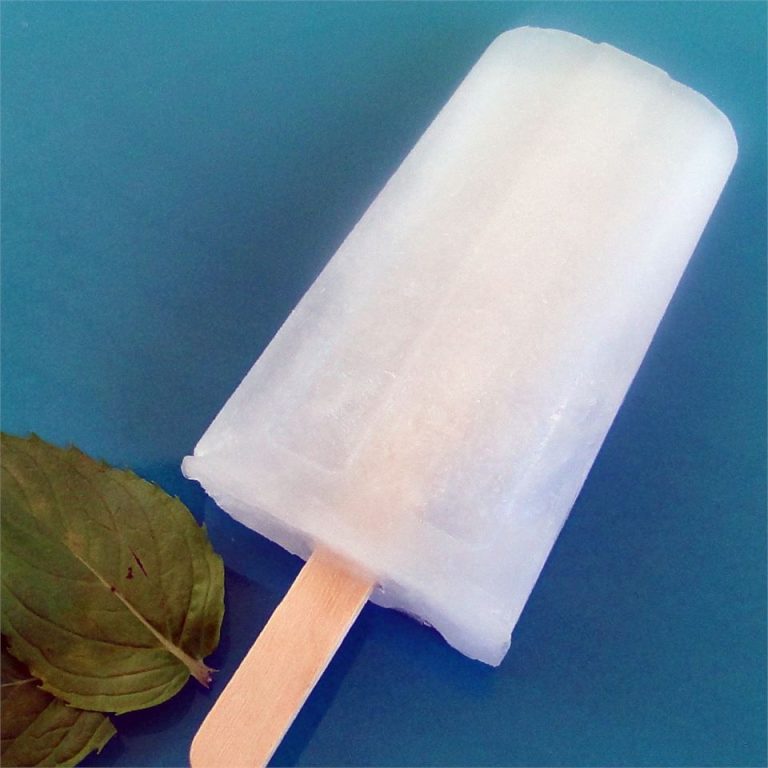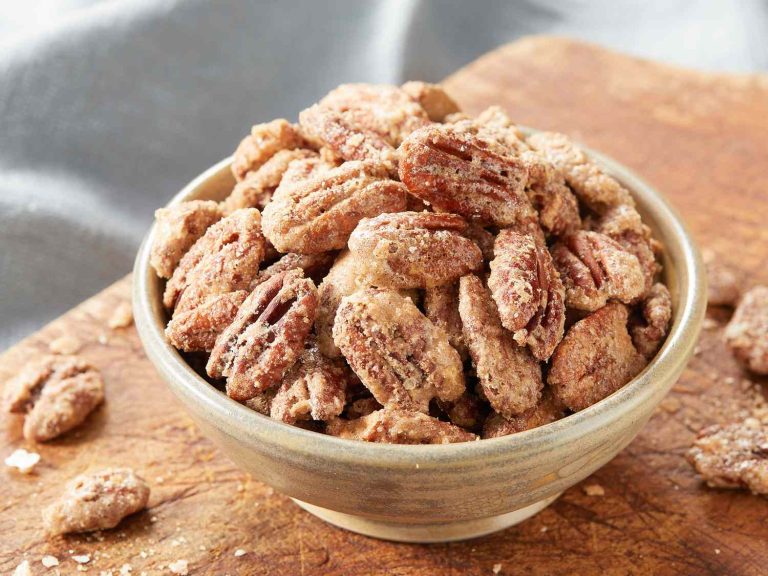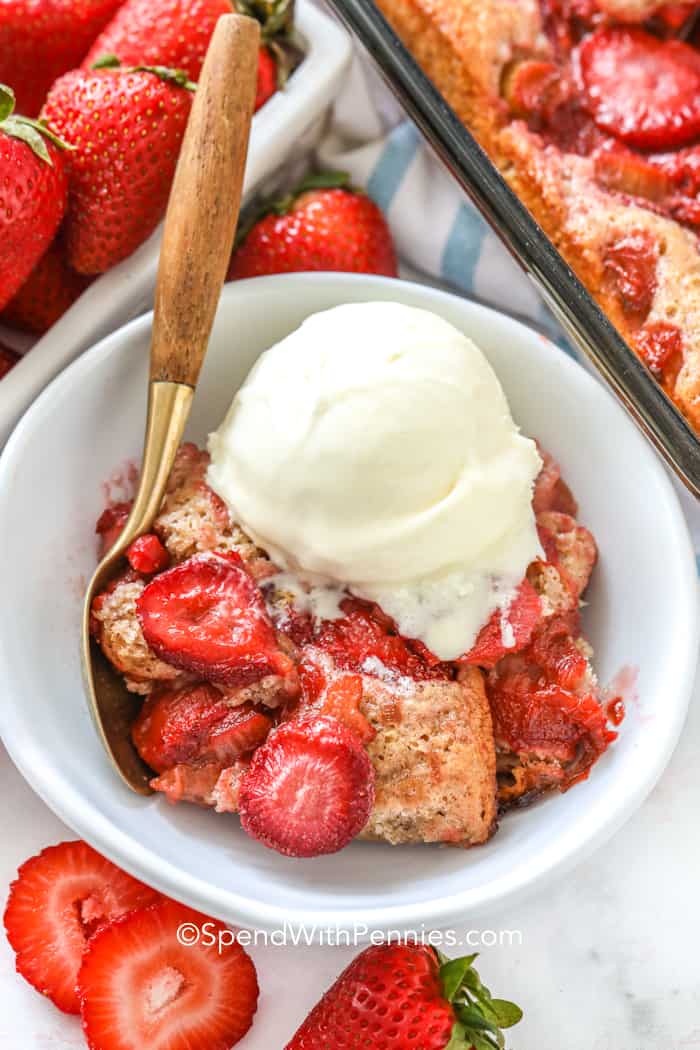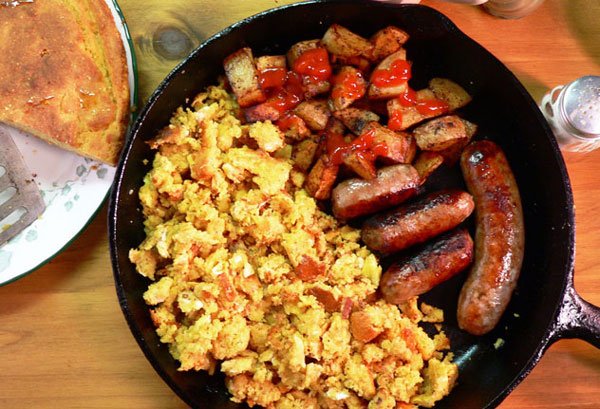Cheese Dutch Baby Recipe: Step-by-Step Guide & Delicious Tips
A Dutch baby, also known as a German pancake, is a large, fluffy pancake baked in the oven. The dish has its origins in German-American cuisine. The name “Dutch baby” is thought to be a corruption of the word “Deutsch,” which means “German” in German. Unlike regular pancakes cooked on a griddle, Dutch babies puff up impressively in the oven, creating a light, airy texture with crispy edges and a custard-like center.
Variations Across Cultures
While the classic Dutch baby is often sweet with toppings like powdered sugar, lemon juice, and fresh berries, savory versions are also popular. For example, in Germany, similar pancakes called “Pfannkuchen” can be both sweet and savory. In other European countries, variations with different fillings, such as meats, cheeses, or herbs, create diverse culinary experiences. Globally, the concept of an oven-baked, puffed pancake with customizable toppings adapts to local tastes and ingredients.
Key Ingredients of Herb Sausage and Cheese Dutch Baby
Herbs: Enhancing Flavor and Aroma
Herbs elevate both the flavor and aroma of this dish. A mix of fresh and dried herbs like parsley, thyme, and chives works best. Fresh herbs add a burst of vibrant color and fresh flavor, while dried herbs provide concentrated tastes that blend seamlessly during cooking. Including herbs in the batter enhances the overall herbal undertone of the Dutch baby. Use finely chopped herbs to distribute flavor evenly throughout the pancake.
Sausage: Choosing the Right Type
Selecting the right sausage is crucial for this recipe. Herb sausage, whether pork or chicken, combines the savory depth needed for a perfect Dutch baby. Look for sausages enriched with herbs like sage, rosemary, and fennel. Consider using pre-cooked sausages to reduce preparation time. Crumble the sausage into small pieces to ensure even distribution in the batter, maintaining the balance of flavors in every bite.
Cheese: A Guide to Complementary Flavors
Cheese adds richness and complements the savory elements. A mix of cheddar and Gruyère works well, offering a balance of sharpness and creaminess. Cheddar provides a robust flavor, while Gruyère melts smoothly, creating a luscious texture. Avoid overloading the batter with cheese to prevent it from becoming too dense. Grate the cheese finely so it melts evenly, maintaining the light and fluffy texture of the Dutch baby.
Step-by-Step Guide to Making Herb Sausage and Cheese Dutch Baby
Preparing the Batter
Combine 3 large eggs, 1/2 cup all-purpose flour, and 1/2 cup milk in a blender. Blend until smooth and no lumps remain. Add a pinch of salt and pepper for seasoning. Let the batter rest for 10-15 minutes to allow the flour to fully hydrate. While the batter rests, preheat your oven to 425°F (220°C).
Proper Cooking Techniques
Heat a cast-iron skillet over medium heat. Add 2 tablespoons of butter and let it melt, coating the skillet evenly. Cook 4 ounces of herb sausage (sliced) until browned and slightly crispy. Add 1/4 cup each of finely chopped parsley, thyme, and chives. Stir and distribute the herbs and sausage evenly across the skillet. Pour the rested batter over the sausage and herbs, then immediately place the skillet in the preheated oven. Bake for 20-25 minutes, or until the Dutch baby is puffed and golden brown.
Final Touches and Presentation
Remove the skillet from the oven. Sprinkle 1/2 cup each of grated cheddar cheese and Gruyère cheese over the top. The residual heat will melt the cheese perfectly. Garnish with additional fresh herbs like parsley or chives for a burst of color and aroma. Allow the Dutch baby to cool slightly before slicing into wedges for serving. For an extra touch, drizzle with a bit of honey or hot sauce, depending on your taste preference.
Serving Suggestions
Suitable Side Dishes
Accompany the Herb Sausage And Cheese Dutch Baby with balanced side dishes to enhance its flavor profile. Consider these options:
- Green Salads: Mixed greens with vinaigrette offer a crisp contrast. Mix arugula, spinach, and radicchio for variety.
- Roasted Vegetables: Seasonal veggies like carrots, Brussels sprouts, and bell peppers provide a hearty complement. Season with olive oil, salt, and pepper.
- Fruit Preserves: Try a tangy chutney or a sweet compote. Apricot or apple preserves offset the savory elements.
- Pickled Items: Include pickled onions or gherkins. Their acidity balances the richness.
- White Wine: Opt for a dry Riesling or Sauvignon Blanc. Their acidity pairs well with the cheese.
- Craft Beer: Try a pilsner or amber ale. These beers offer a refreshing counterpoint.
- Herbal Tea: Serve chamomile or peppermint tea. Their subtle flavors complement the herbs and sausage.
- Fresh Juice: Offer apple or pear juice for a non-alcoholic option. Their sweetness balances the dish’s savory aspects.
Conclusion
Creating a Herb Sausage and Cheese Dutch Baby is a delightful way to elevate your culinary skills. This dish combines the light, airy texture of a Dutch baby pancake with the robust flavors of herb sausage and rich cheeses. Whether you’re hosting a brunch or simply treating yourself, this recipe offers a gourmet experience at home.
Experiment with different herbs and cheeses to make the dish uniquely yours. Don’t forget to pair it with complementary sides and beverages to enhance the overall dining experience. Enjoy the process and savor every bite of your homemade masterpiece.






